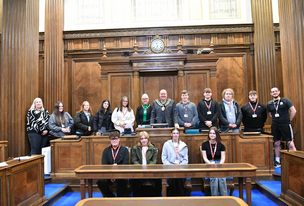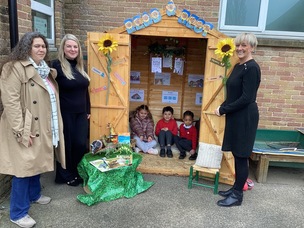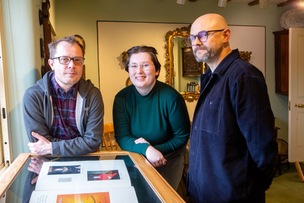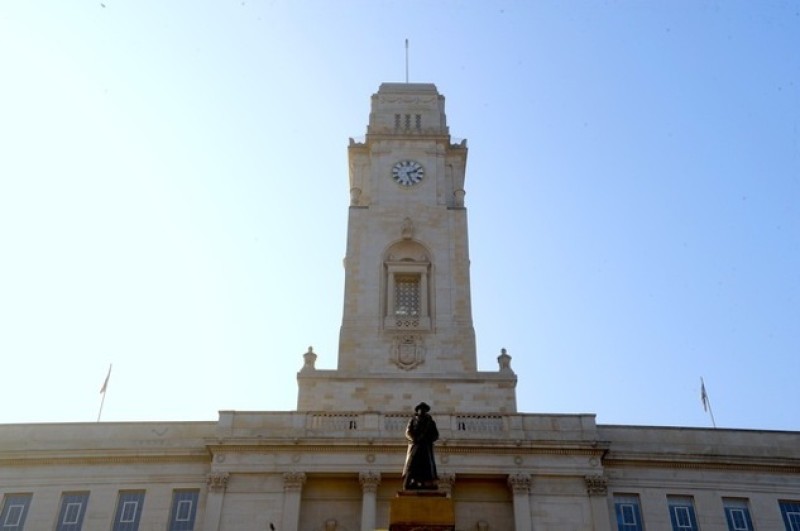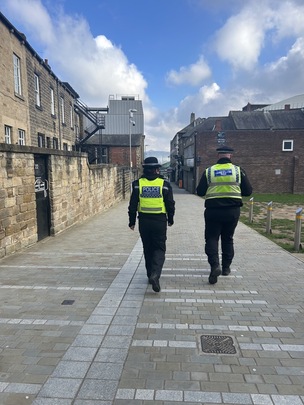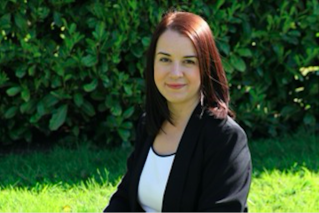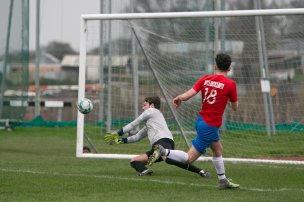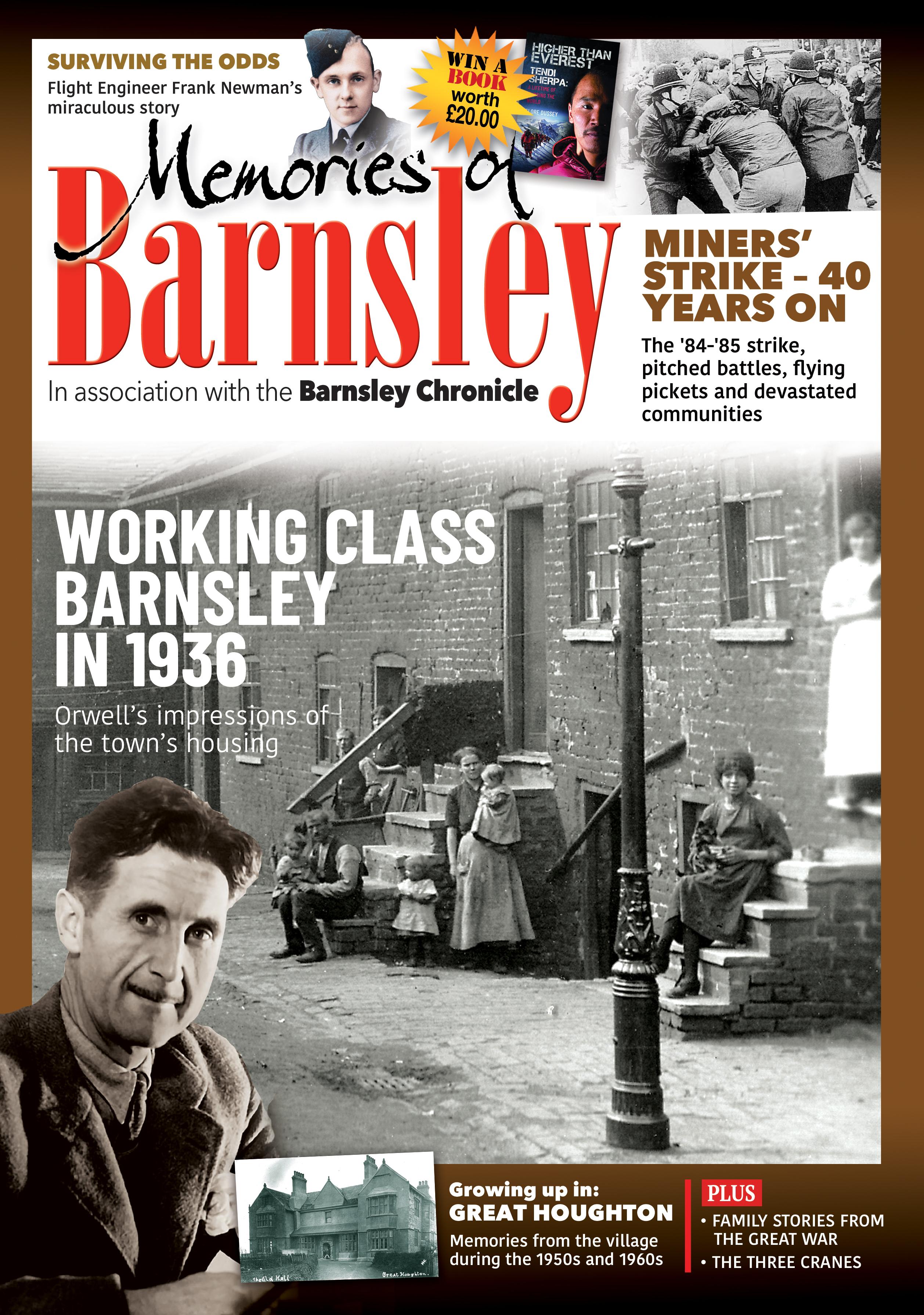THERE are more excess winter deaths in parts of Darton and Worsbrough than anywhere else in the borough, according to figures seen by councillors this week.
Excess winter deaths are defined as deaths due to the cold weather which are deemed to be preventable.
The average rate in Barnsley between 2009 and 2016 was revealed at the North Area Council on Monday when members met to consider a pilot project for a cold homes advice and support service.
Councillors who sit on the North Area Council were told the trend in excess winter deaths for both the Darton East and Darton West wards has increased steadily since 2006 and that Worsbrough was the only other area with the same high rate.
Other areas such as the Central, Darton West, Monk Bretton, Stairfoot, Wombwell and Hoyland wards were also high.
In Barnsley there were 190 excess winter deaths in 2015/16 the latest official data available. Provisional figures for 2016/17 have been released for regions but this is yet to be broken down to local authority area level.
The 190 is a slight fall on the 2014/15 figures, when there were 200 excess winter deaths but much higher than the 130 recorded in 2013/14.
Jenny Macphail, a senior health and improvement officer for the council, presented a raft of information to councillors about excess winter death prevention work being done and plans being drawn up to create a new single point of access for help and advice on keeping homes warm, should a funding bid be successful.
Ms Macphail told councillors how the local authority has a target to reduce the number of excess winter deaths by 15 per cent up to 2020 and that the local figure is ‘considerably’ higher than the England average.
She said: “For 2013-16 it was 24.3 per cent across the borough against a 17.9 per cent of the England rate.”
More detailed data covering a seven year period between 2009-2016 for the borough revealed the Barnsley average for excess winter deaths was 25.9 per cent. In the Darton East and Worsbrough wards this figure was between 36.5 per cent and 44.6 per cent.
Ms Macphail said most excess winter deaths in Barnsley occur in the 65-84 year age group, with flu, pneumonia and respiratory diseases being the main underlying causes.
She said: “There is no clear cut explanation but we think it is due to a variety of factors such as temperature, cold weather, socio-economic circumstances such as people struggling to pay their gas and electricity bills, underlying health conditions, fuel poverty, housing conditions and personal and social behaviours.”
She explained how the council’s bid to the Warm Homes fund - if successful - would see a single point of access created for advice and support on cold homes with a dedicated team that would visit people in their homes trained to identify and support residents in fuel poverty or those at risk of excess winter deaths.
Councillors were also tasked to consider a project that would focus on reducing loneliness and social isolation and preventing winter deaths.
Rosie Adams, the North Area Council manager, said she had looked into similar projects commissioned for other areas and recommended an investment of £75,000 for at least three years. This would fund two social inclusion officers who would receive specialist training to offer home energy assessments and advice.
Councillors agreed the project in principle and a further report on the scheme’s progress will be taken to the area council.

